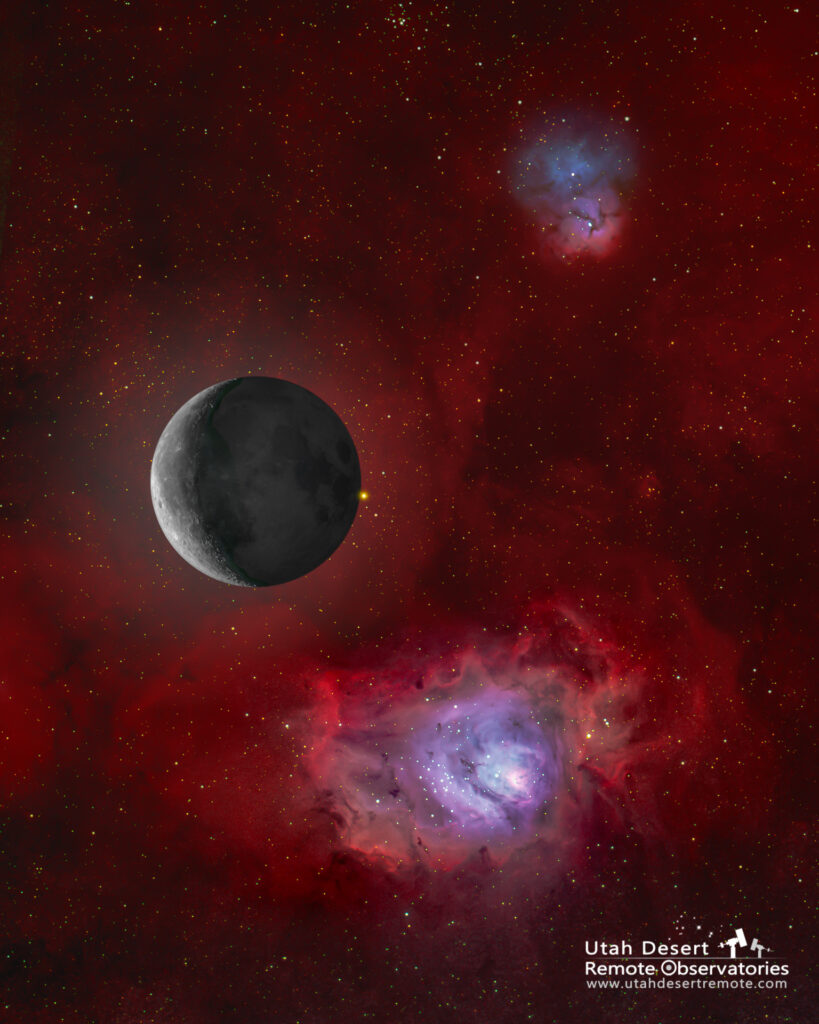Astrophotography relies heavily on post processing. It seems that we are always trying to take photos that are right on the very edge of what’s possible with current technology, and as technology improves we simply keep moving the bar and continue to work on the very edge of the possible. Stuff in the night sky is dark and really far away. It pretty routine for modern astrophotographers to stack multiple frames taken at different times, through different filters, and even captured with different telescopes and cameras. It’s extremely rare to see a good deep space astrophoto that was taken in a single frame like a snapshot.
When you admire a Hubble image take some time to read the details about how the image was created. It’s very common to have “data” from multiple other telescopes as well as data in non-visible wavelengths such as infrared, ultraviolet and even radio waves. It’s also common for color palettes to be assigned to create the greatest separation between the different wavelengths represented so it easy to visualize the content, but it moves the image even further from being real.
Consider this image of the moon on the morning of February 18, 2020 taken just as Mars emerged from behind the moon. Even a crescent moon is extremely bright compared the the background so the original photo only showed the illuminated portion of the moon and Mars. When I brightened the image I could begin to see some of the brighter stars in the background.
However, I knew from looking at the Sky Safari app that the moon was positioned in front of a very photogenic region of the Milky Way with the Lagoon Nebula just below and to the right and the Trifid Nebula above and also to the right.
Earlier this year I was able to point my telescope and camera at that very region and capture a series of images in natural RGB color as well as sets of narrow band images using a hydrogen-alpha filter and an oxygen filter.
From all of those frames it pretty easy to use the visible stars to align the moon/Mars image with the background to recreate the scene that couldn’t be seen. I also used a full moon photo to fill in the shaded portion of the moon.
So – is the end result an astro photo or simply a graphic illustration? Everything is aligned just as it was at that time. All the pieces were photographed through a telescope using a camera.
If you like the image does it really matter what you call it?

